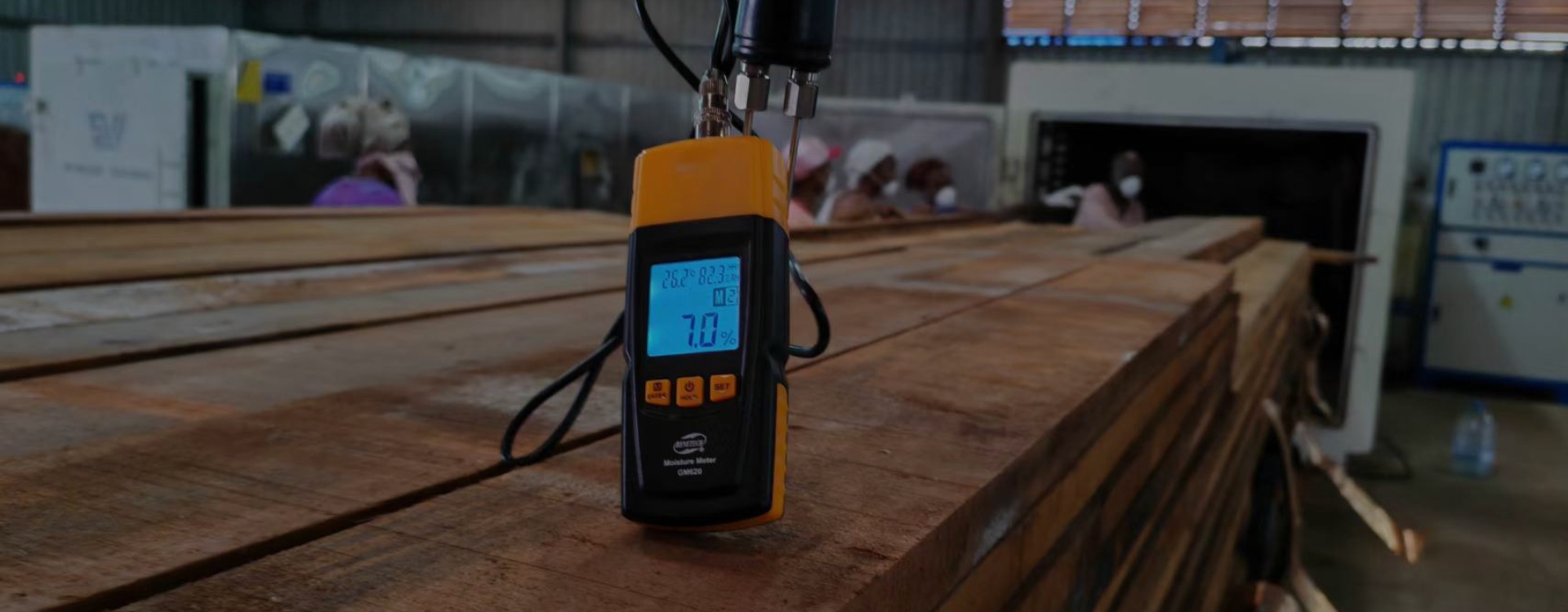To choose the right wood for your projects, it’s essential to understand the various treatments available. One common question is, “Is kiln-dried wood treated?” In fact, three common treatments are kiln drying, pressure treating, and heat treating. Each method has unique benefits and applications, but for most purposes, kiln-dried wood stands out as the best option. This article will explore the characteristics of each treatment method and explain why kiln-dried wood is highly recommended.

Understanding Wood Treatments
Kiln-Dried Wood
Kiln drying is a process where lumber is placed in a kiln (an oven-like structure) and heated to reduce its moisture content. Is kiln-dried wood treated? Yes, it is treated using heat rather than chemicals. This method controls temperature and humidity to ensure the wood reaches a desired moisture level, typically around 6-8%.

Benefits of Kiln-Dried Wood:
- Stability and Strength: Kiln drying removes excess moisture, minimizing the risk of warping, shrinking, and splitting. Enhanced Stability and Durability: Kiln-dried wood, with its reduced moisture content, achieves greater stability and durability.
- Insect and Fungal Resistance: The high temperatures used in kiln drying kill insects and their larvae, as well as fungi, making the wood more resistant to infestations and rot.
- Weight Benefits: Kiln-dried wood’s lower moisture content not only enhances stability but also lightens the material, making it easier to handle and transport.
- Immediate Use: Kiln-dried wood is ready for use right after treatment, without needing further drying time.
- Improved Finish: The consistent moisture content allows for better absorption of stains, paints, and finishes, enhancing the wood’s appearance and longevity.
Pressure-Treated Wood
Pressure treating involves placing wood in a pressure chamber and infusing it with chemical preservatives. These chemicals protect the wood from decay, insects, and other environmental hazards.

Benefits of Pressure-Treated Wood:
- Durability: The preservatives extend the wood’s lifespan, especially in outdoor and high-moisture environments.
- Pest Resistance: The chemicals deter insects and prevent infestations.
- Cost-Effective: Often, pressure-treated wood is less expensive than naturally resistant wood species like cedar or redwood.
Drawbacks of Pressure-Treated Wood:
- Chemical Exposure: Handling and cutting pressure-treated wood can expose you to harmful chemicals. Proper disposal is necessary to avoid harming the environment.
- Appearance: The treatment can give the wood a greenish or brownish tint, which may not be desirable for all projects.
- Maintenance: Over time, the chemicals can leach out, necessitating periodic re-treatment.
Heat-Treated Wood
Heat treating involves exposing wood to high temperatures (typically above 180°C or 356°F) without using chemicals. This process alters the wood’s physical properties and improves its resistance to decay and insects.

Benefits of Heat-Treated Wood:
- Chemical-Free: Unlike pressure-treated wood, heat-treated wood does not involve harmful chemicals, making it safer for indoor use and more environmentally friendly.
- Enhanced Durability: The treatment increases the wood’s resistance to moisture, decay, and pests.
- Dimensional Stability: Heat-treated wood is less prone to warping and shrinking compared to untreated wood.
Drawbacks of Heat-Treated Wood:
- Brittleness: The high temperatures can make the wood more brittle, which might limit its use in structural applications.
- Aesthetic Considerations: Heat treatment may darken the wood, altering its color in a way that may not align with all aesthetic preferences.
- Limited Availability: Depending on your location, heat-treated wood may be harder to find and more expensive than other options.
Is Kiln-Dried Wood Treated and Why is it the Best Choice?
While each wood treatment method has its advantages, kiln-dried wood offers the best balance of benefits for most applications. Here’s why:
- Superior Stability and Strength: Kiln-dried wood’s low moisture content means it is less likely to warp, crack, or shrink over time. This makes it ideal for both structural and decorative uses.
- Ready for Use: With no need for further drying, kiln-dried wood can be used immediately upon purchase, saving you time and effort.
- Aesthetic Versatility: The consistent moisture content ensures a better finish, allowing for a wide range of stains and paints to be applied effectively.
- Health and Safety: Kiln drying does not involve harmful chemicals, making it safer for indoor use and reducing environmental impact.
- Pest and Fungal Resistance: The high temperatures in the kiln eliminate pests and fungi, ensuring long-term durability without the need for chemical treatments.

Conclusion
Ensuring the right wood treatment is chosen is key to achieving lasting and successful projects. While pressure-treated and heat-treated wood have their uses, kiln-dried wood offers unmatched stability, safety, and aesthetic versatility.
Kiln-dried wood, free from highly toxic chemical treatments, is ideal for you and your family to enjoy the comfort and convenience of solid wood furniture. Its reduced weight and increased malleability provide greater creative flexibility in design.
Additionally, the excellent maintainability and quality of kiln-dried wood help reduce ongoing costs, ensuring long-term value and durability for your furniture.
Therefore, whether you’re building furniture, flooring, or outdoor structures, kiln-dried wood is the recommended choice for its superior quality and performance. Choose kiln-dried wood for your next project to enjoy these advantages firsthand. Contact Shuowei for more wood drying solutions.




